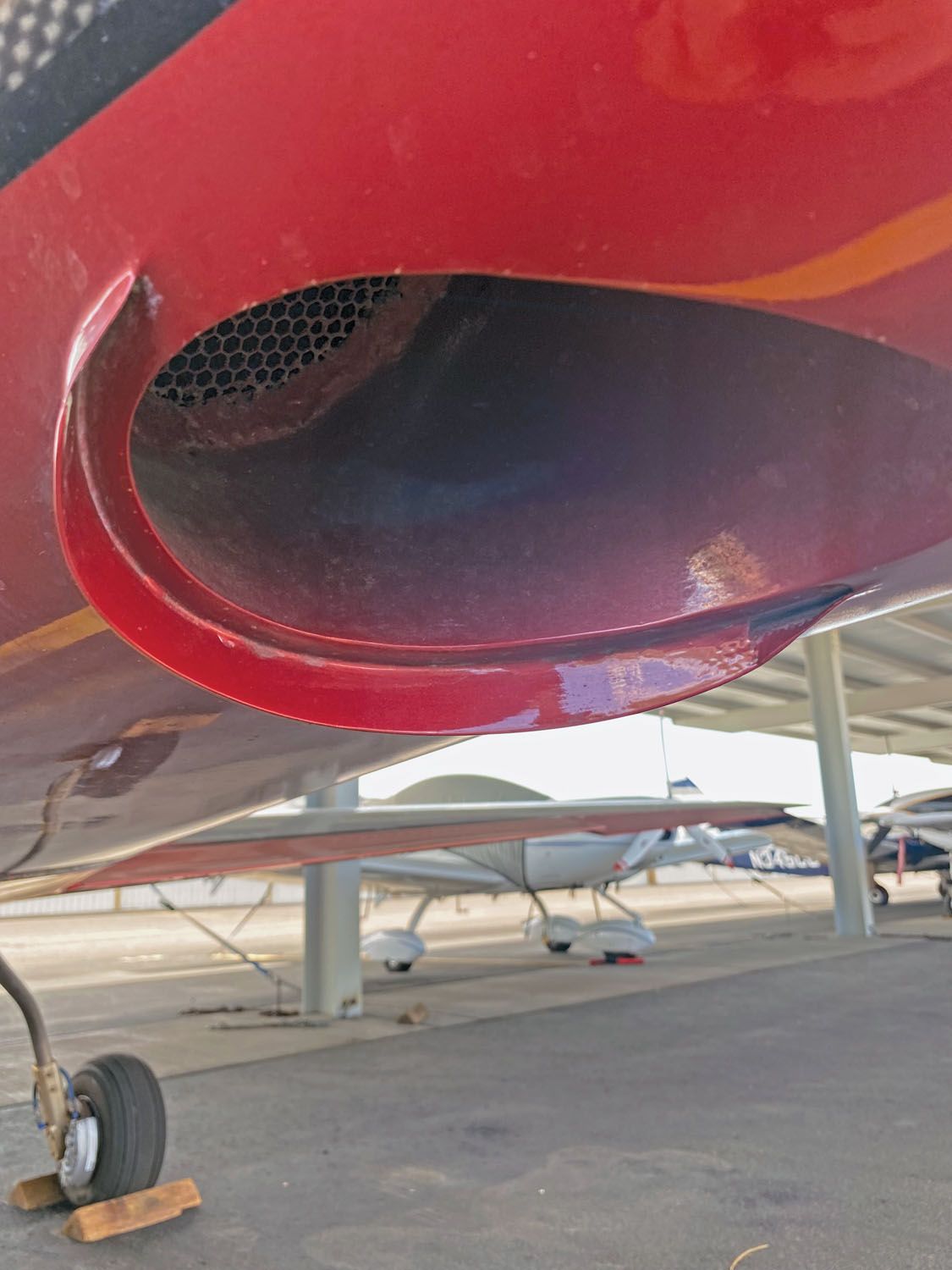Pressurization In Aircraft - The science of aircraft compression begins with the simple idea of blowing up a balloon, but is actually one of the most complex technologies in all of aeronautical engineering.
No, this working title is on a blank screen near the deadline for my draft. (But it might be.) This article is about cabin pressurization, an aeronautical development that was conceived 80 years ago, but is fully relevant at the airline, military, corporate, and space travel levels. Changed, actually failed to upload successfully. Most general aviation and expert/hobbyist machines. There are many reasons - and even more interesting for those of us who like to know how things work.
Pressurization In Aircraft

Even though this technology is relatively rare in home builder circles, we all benefit from knowing systems science. Cabin pressurization itself is fine for larger aircraft, at least as aircraft get smaller and worse for small personal sized aircraft.
Pressurized Piston Cruiser
We all know that our Earth's atmosphere gets thinner with increasing altitude. Our atmosphere is made up of several gases, including nitrogen, oxygen, argon, methane, and more. For us humans and pilots, oxygen is a very important element because both our lungs and ours depend on it for other related systems to function properly. Our bodies and our aircraft engines share a common need to breathe.
As the atmosphere shrinks with increasing altitude, the amount of oxygen in exhaled air decreases. Depending on a number of factors, deficiency can cause a number of undesirable consequences for the human body, sometimes even disguised as a pleasant euphoria, which can make sufferers forget about the impending dangers.
Our bodies and aircraft propulsion systems generally work best below 10,000 feet. There are exceptions, but I try to keep things simple. Around 1920 climbers began carrying tanks of supplemental oxygen to improve performance at high altitudes. At the same time, pilots began to use similar tanks and masks on airplanes.
At the top, it soon became apparent that solving one problem actually made it easier to solve another problem. For mechanical air intake systems, the solution was to compress oxygen-rich air into the engine intakes using turbochargers or superchargers. For biological breathing systems, the solution was to trap some of the compressed air and direct it into the rigid cabin structure to make the "cabin altitude" equal to a lower altitude. win / win (Theoretically.)
What Happens If An Airliner Suddenly Loses Cabin Pressure?
Experiments with cabin pressurization began in the 1920s, and in 1937 the Army Air Corps won the Collier Trophy for the XC-35, a highly modified Lockheed Electra 10A that successfully flew at altitude with a pressurized cabin. It can maintain a cabin altitude of about 12,000 feet to 30,000 feet. in 1938 Boeing replaced its B-17 bomber with the Model 307 Stratoliner, and in 1940 it was the first aircraft to enter commercial service. Pressurized cabin.
This is a Boeing 737 pressure relief valve. All pressure nozzles have at least one outlet. When the passengers smoked, dirty, long brown streaks passed through this port.
So how does stress work? Simply put, compressed air is pumped through a controlled bleed valve into a pressurized cabin in a larger volume than is allowed to escape to replicate breathing conditions at a significantly lower altitude. However, the actual engineering of the system and the architecture of the aircraft that make up the system is much more complex.
Most airplanes have a pressure differential of up to 8 psi, which maintains the federal limit between the 8,000-foot cabin altitude and the 40,000-foot range at cruising altitude. Smaller aircraft generally require half or less thrust than transport category aircraft. Four psi may not seem like much until you do the math. A 12×12” window at 4 psi should have a pressure of about 600 pounds. A 24×36 door has to withstand about 3,500 pounds of pressure and still open and close, so the windows are small and very round, and the doors, especially the hinges and hinges, are designed to carry cargo. Built like a vault.
Why The Airbus A350 Is The Best Plane For Passengers...
Round or oval fuselage cross-sections are best suited for cabin pressure control. In contrast, box shapes are best suited for passenger comfort and head and shoulder room, so there will always be compromises in all respects, with the less desirable effect of reducing cabin size. Then there is the matter of two point ends. In aircraft cabins, pressure control is initially relatively easy to construct. However, since the small engines of single engine aircraft have to cool the air flow, the FWF area is not pressurized, which means that the firewall has to be strengthened and, since it is quite a large area, transmit a lot of pressure. Aircraft in conventional configuration (non-Canard) are not loaded for pressure control due to all the moving parts and surfaces of the mast and tail sections. The solution is to use a stronger pressure bulkhead between the cab section and the rear section, often including the cargo compartment. This completes the pressure "ship" but still does not include all the entries needed to deal with the controls, cables, wires and many other elements in a modern airplane. Each influence creates a potential pressure leak point, and influences related to control systems can have their own effects, such as tightening of controls when the cabin is pressurized.
These are the usual Lancair IV-P compression gauges and controls. Such a manual system requires the pilot to select the desired high-pressure seat position to land the aircraft with an unpressurized cabin.
The compression system itself is also full of engineering headaches. Pumping compressed air through the turbocharger or compressor itself (in the case of piston aircraft) or through the compressor section of a turbine power plant naturally reduces compression efficiency and fuel efficiency, which must be considered. Compressed air also heats up too high for cabin use, requiring expensive and heavy intercoolers for precooling, and often complex mixer valve chamber assemblies to maintain comfortable cabin air temperatures in all operating modes. , sometimes even an additional type of freon is needed. air conditioning in a hot environment. In some cases, water vapor can be a problem. Finally, the air must be properly filtered to avoid the source of pollution.
On a pressurized evolution aircraft, the bleed valve air outlet can be found under the tail. All systems can often have a higher pressure than required in the cabin.
Boeing 747 Plane Converted Into Cafe In Thailand
Once the source air is available and entering the cabin, the key to the entire process is the control of the bleed valve. In simple words, a bleed valve is a controlled leak in a pressure system that maintains a vessel at a certain pressure difference (from outside to inside). But it has to be precisely controlled so that passengers don't get eardrums every time they take off or land. For example, an airplane may descend at 2000-3000 fps, but the cabin should not descend at around 700 fps for comfort. And it should be as close to touchdown as possible because you don't want to land on the ground with cabin pressure. In addition to all of the above, a proper system also requires gate protection against overpressure and even negative pressure in larger aircraft. Like I said, complicated.
There is no doubt that pressure has revolutionized the air travel transportation category. Long-haul flights would not be economically feasible at breathing altitude and would be unacceptable for unpressurized passengers. But the road to success was not always easy. Early pressure models, including the three DeHavilland Comets, were tragically lost due to an engineering misunderstanding regarding the pressure points of the pressure hull window. There were also problems with the early Douglas DC-10s, with cargo door failures that caused a pressure gradient so strong that the main interior floor could collapse due to the pressure difference, before the wing panels were designed to allow for faster calibration.
Later, problems arose in older high-cycle aircraft that had structural failures that led to rapid thrust events. The Aloha 737 incident, in which a large portion of the upper cabin collapsed, is one of the most infamous. Although lives were lost, the plane managed to land and save most of the passengers and crew.

Another flaw in the coverage of the laws of physics is that under high differential pressure conditions, the depression can not only instantly remove the breathable air in the cabin, but do so with such force that it actually blows the air out. Human lungs significantly reduce the "useful awareness time". The cognitive recognition and presence of mind time to put on emergency oxygen masks is reduced to seconds.
Why Are Airplanes Pressurized?
Unfortunately, mild and slow depression can sometimes be more deadly than rapid depression, such as in pilots and passengers.
Aircraft appraisal online, free aircraft appraisal, aircraft appraisal services, aircraft appraisal cost, aircraft appraisal jobs, aircraft appraisal course, aircraft appraisal training, business appraisal, rolex appraisal, appraisal software, 409a appraisal, aircraft appraisal report
Post A Comment:
0 comments so far,add yours